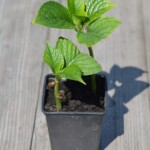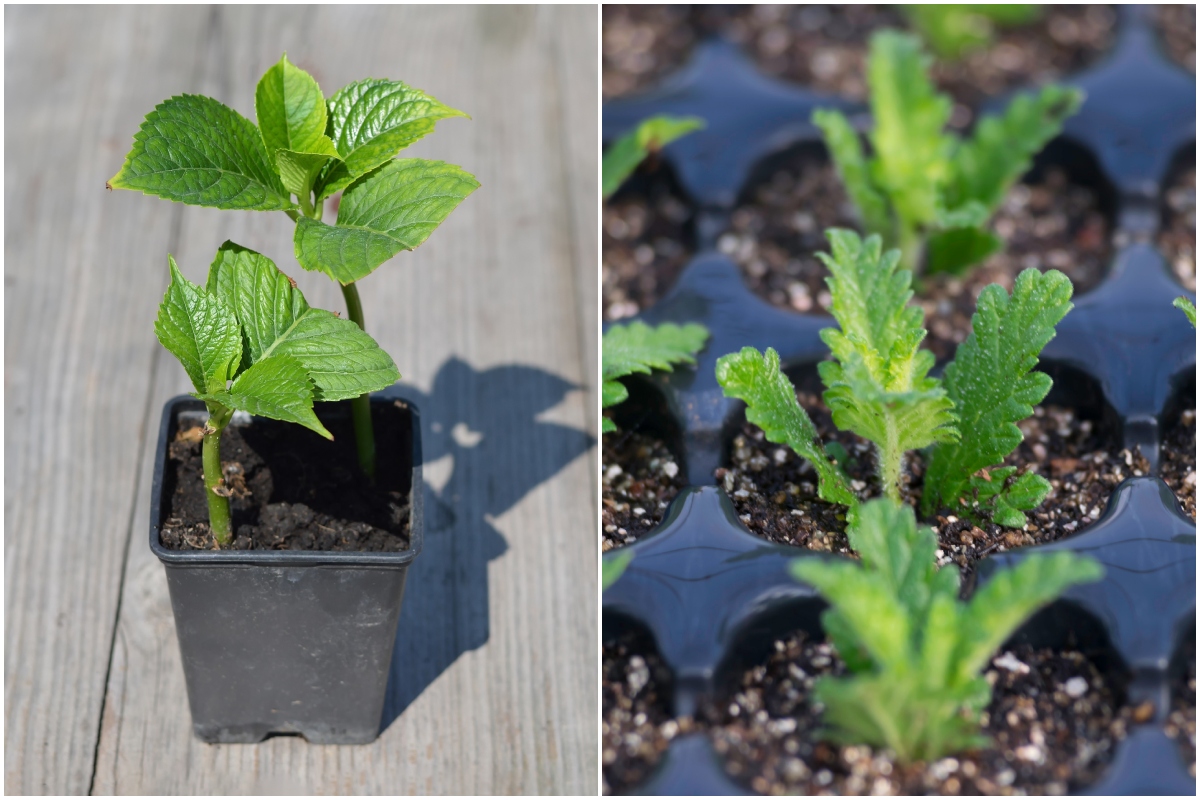
Spring is a busy time for dedicated gardeners. Seed sowing seems to take up most of our time, as we rush against the calendar to grow healthy flower and vegetable seedlings for the garden. But don’t forget that there are many plants you can propagate from cuttings.
I don’t know any gardener who isn’t completely fixated on their cell trays right now. The promise of a beautiful flower bed or abundant vegetable patch can become an obsession.
Spring bursts forth before our eyes as we watch our seeds germinate.
But the true foundation of the garden is perennials. These plants give it structure and provide nearly carefree beauty. Most are very slow to grow from seed, but you can get a great head start when you propagate from cuttings.
Spring is an excellent time to take cuttings. The longer days and warmer temperatures mean plants are now actively growing.
You don’t have to limit yourself to perennials, either. Many annuals are also easy and worthwhile to propagate from cuttings. It’s a great way to extend your garden without breaking the bank.
Best Herbs to Propagate From Cuttings
Herbs add flavor to the menu, but they also offer beauty and perfume to the garden. And one of the best reasons for adding more herbs to your garden is so you can allow some to flower for local bees and butterflies.
1. Basil
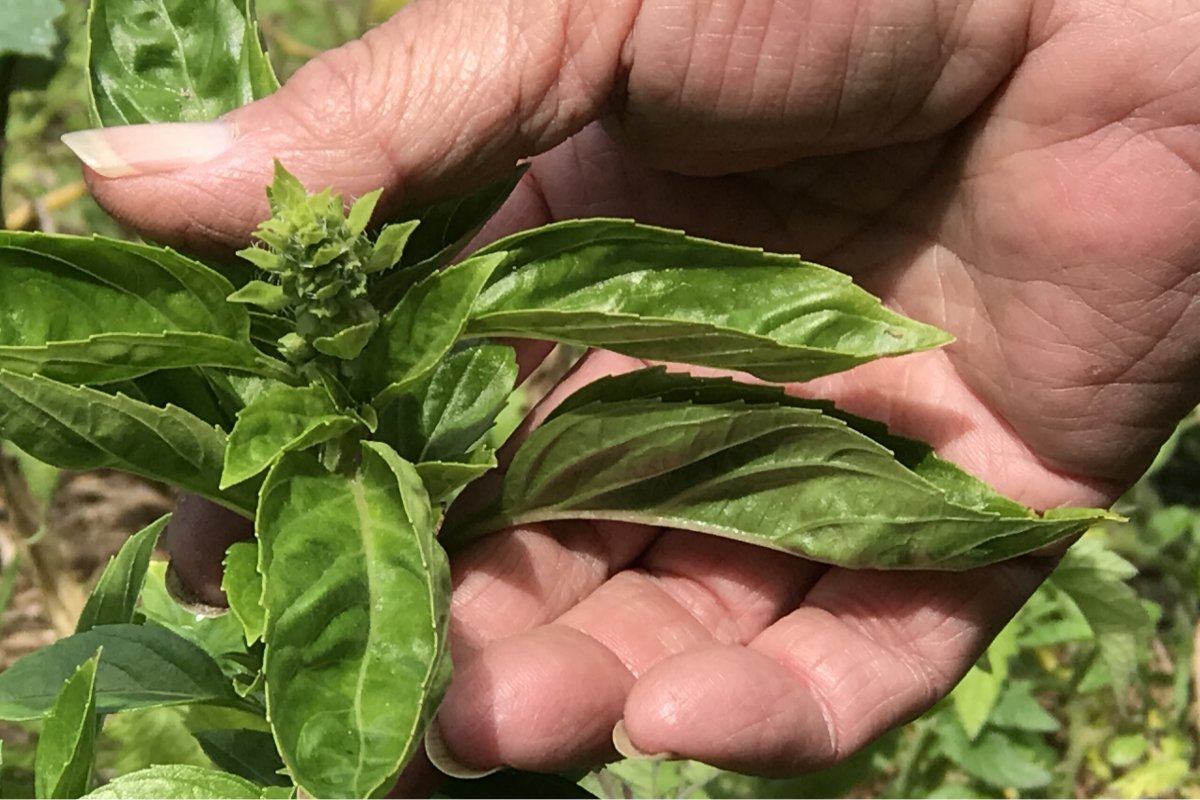
Basil is the easiest herb to grow from cuttings. Basil is an annual but regular trimming keeps it from flowering, which makes it taste bitter. Take herbaceous cuttings to grow additional plants for your garden at any time during the growing season.
2. Rosemary
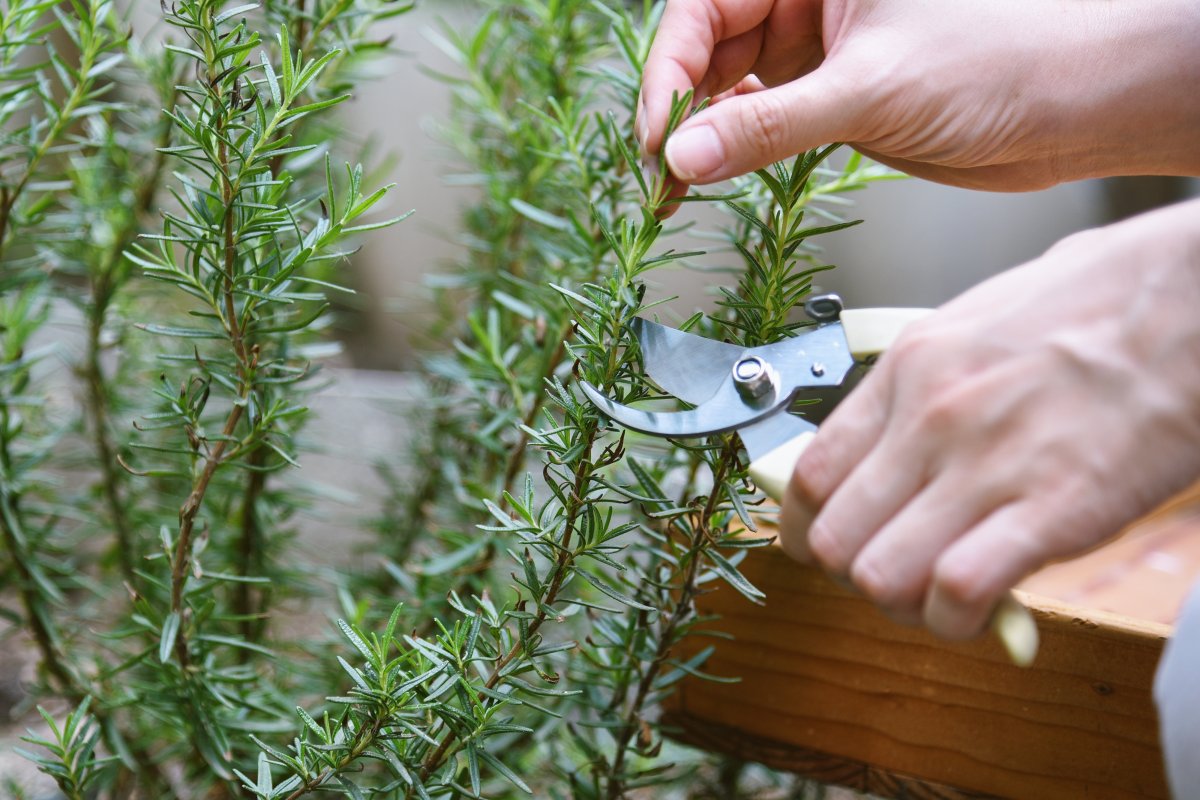
Rosemary is an aromatic evergreen that’s difficult to grow from seed. So, I recommend propagating it from stem cuttings using a well-grown mother plant.
Take softwood cuttings in the spring and early summer or semi-hardwood cuttings in late summer through fall.
3. Oregano
As a sprawling, creeping groundcover, you can propagate oregano using layering. You can also use division, following our handy guide from Cheryl Magyar.
However, you can also take softwood cuttings in the spring or semi-hardwood cuttings in the summer. Take multiple cuttings since stem cuttings are less successful with oregano than layering.
4. Marjoram
This sweet-smelling herb is my favorite for its aroma and delicate foliage. However, it can be fussy when growing from seed. As a relative of oregano, it’s also easier to propagate from layering. However, you can take semi-hardwood cuttings in the summer to grow more plants.
5. Sage
This woody shrub is easiest to grow from semi-hardwood cuttings in late summer. Garden sage can be susceptible to rot in high humidity, so taking semi-hardwood cuttings reduces the need for long-term misting.
6. Stevia
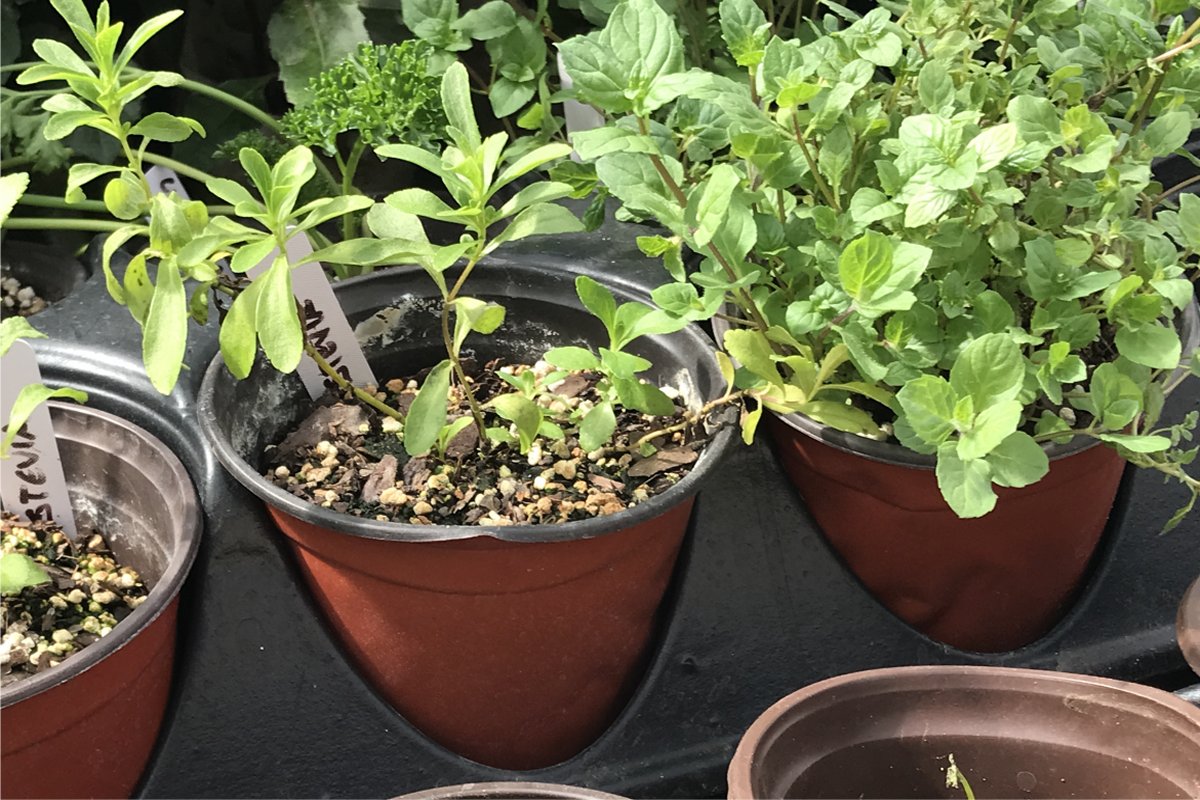
Stevia is notoriously difficult to grow from seed. While I’ve managed it a few times, it was a frustrating experience. The seeds must be exceptionally fresh to germinate. Take semi-hardwood cuttings in summer to avoid the heartbreak of expensive seeds that don’t grow.
7. Thyme
You can propagate this low-growing herb from softwood in the spring or semi-hardwood cuttings in the summertime. It makes a wonderful ground cover that attracts bees to your garden when it flowers.
8. Mint
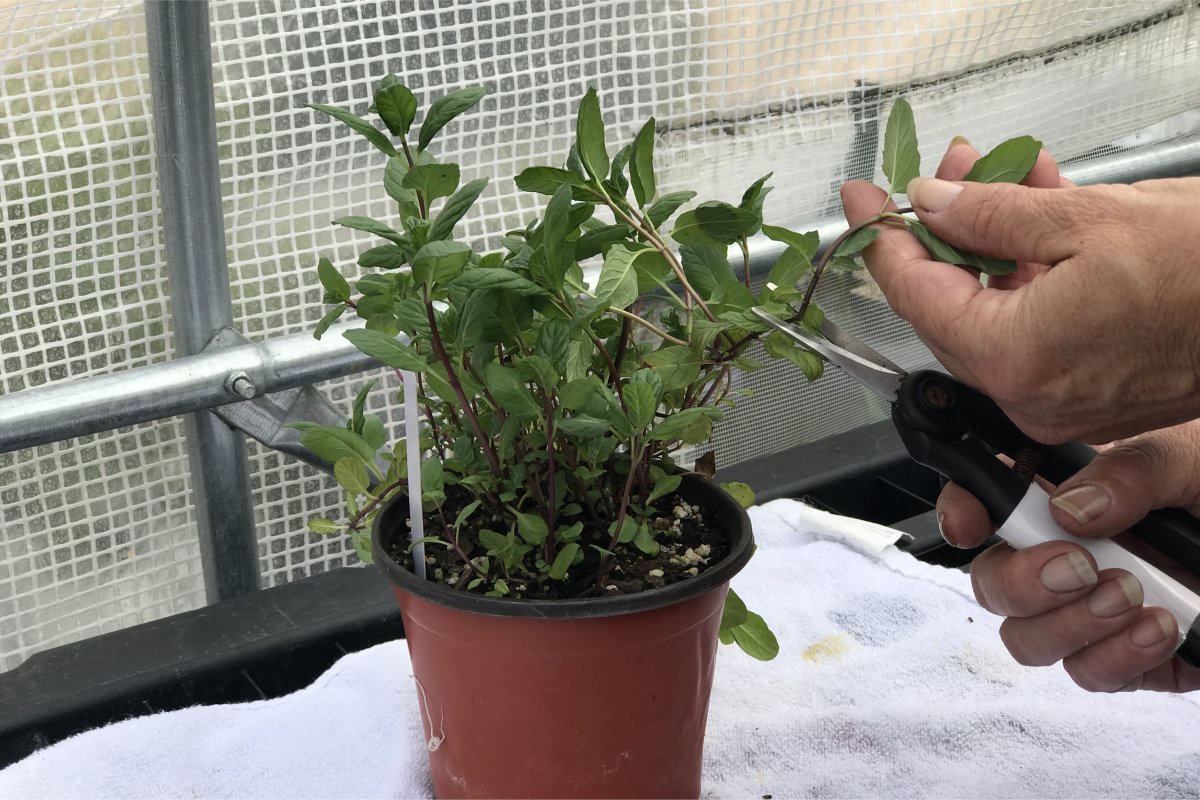
Another creeping herb that can be easily propagated with layering, you can also take softwood cuttings of mint in spring.
Easy Flowers to Propagate From Cuttings
You can never have too many flowers in the garden. Don’t wait for seeds to sprout, especially with slow-growing perennials. Here are some of the best flowering plants to propagate from cuttings.
9. Salvia
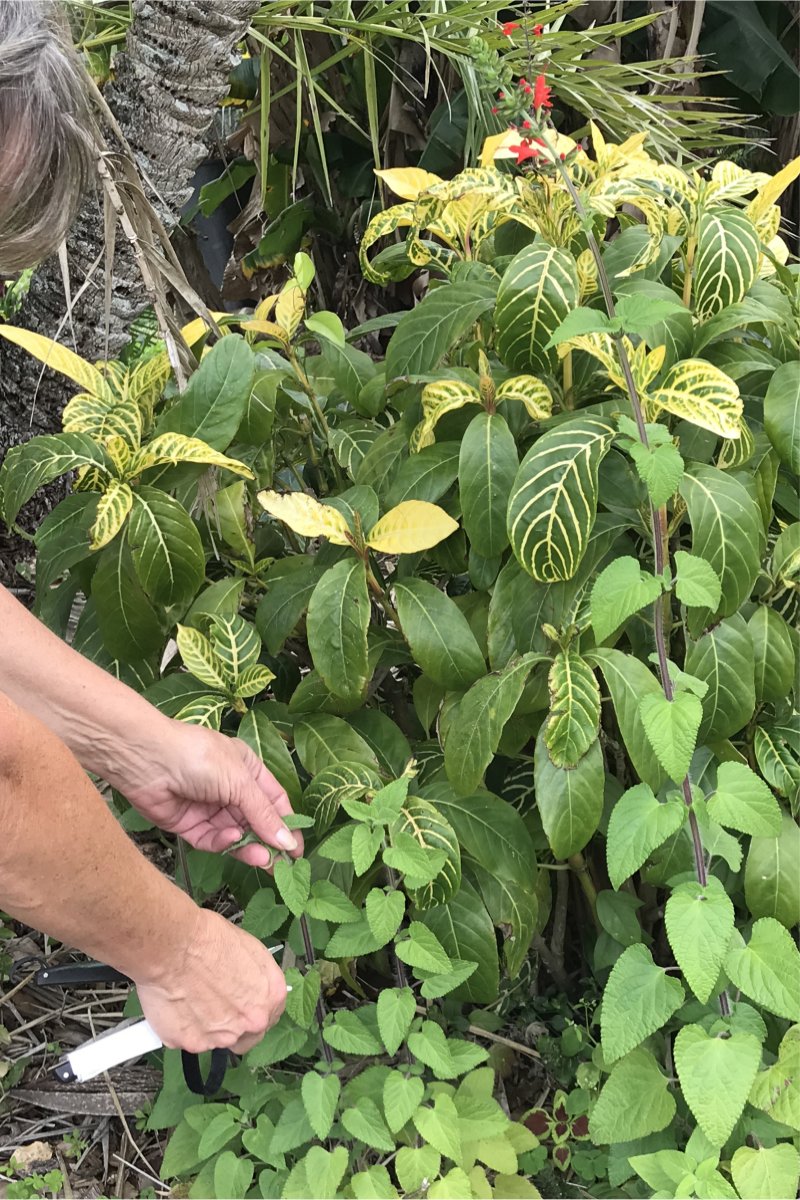
Salvias are related to sage and are perfect candidates for propagation from cuttings. Perennial salvias and will return year after year to add color and height to your garden scheme.
Blue sage (Salvia azurea), Scarlet Sage (Salvia splendens) and Tropical Sage (Salvia coccinea) are three of my favorite perennial types.
Take semi-hardwood cuttings in late summer to propagate from cuttings over winter and plant out the following spring.
10. Lavender
I don’t think there’s anyone that doesn’t love the iconic scent of lavender. Use the side shoots produced over the summer to take semi-hardwood cuttings. Lavender can easily rot in high humidity, so be sure to allow adequate ventilation as soon as cuttings have developed roots.
11. Geranium
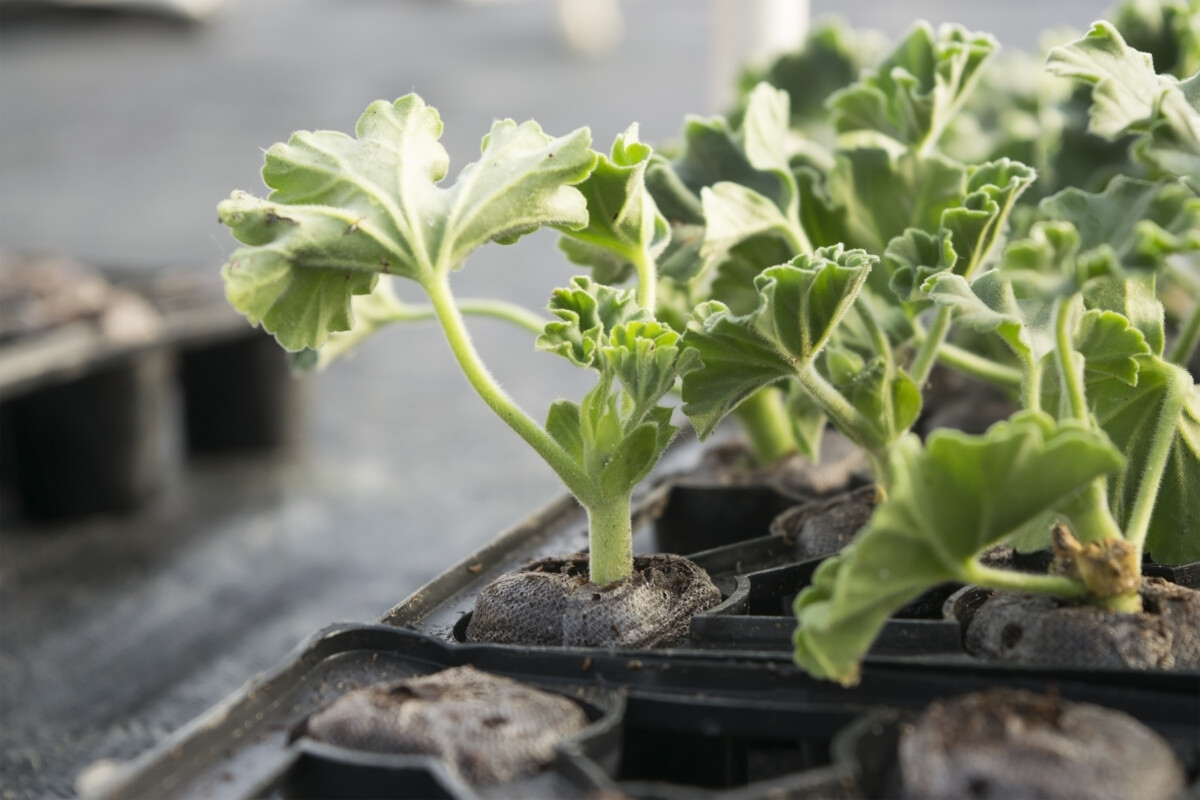
There’s some confusion over the name “geranium,” but it’s important to know the difference when you’re propagating them from cuttings.
Annual geraniums, which some call “bedding geranium” or “pelargoniums,” are the vividly colored, fast-growing plants many of us in the U.S. call “geraniums.”
Annual geraniums will root in water, but they’ll suffer less shock if you root them in a mix. Take herbaceous cuttings in spring. This is one plant that roots best with only one node at the bottom of the cutting.
Keep them warm and moist in a dark spot until rooting occurs — about six to eight weeks.
12. Blanket Flower
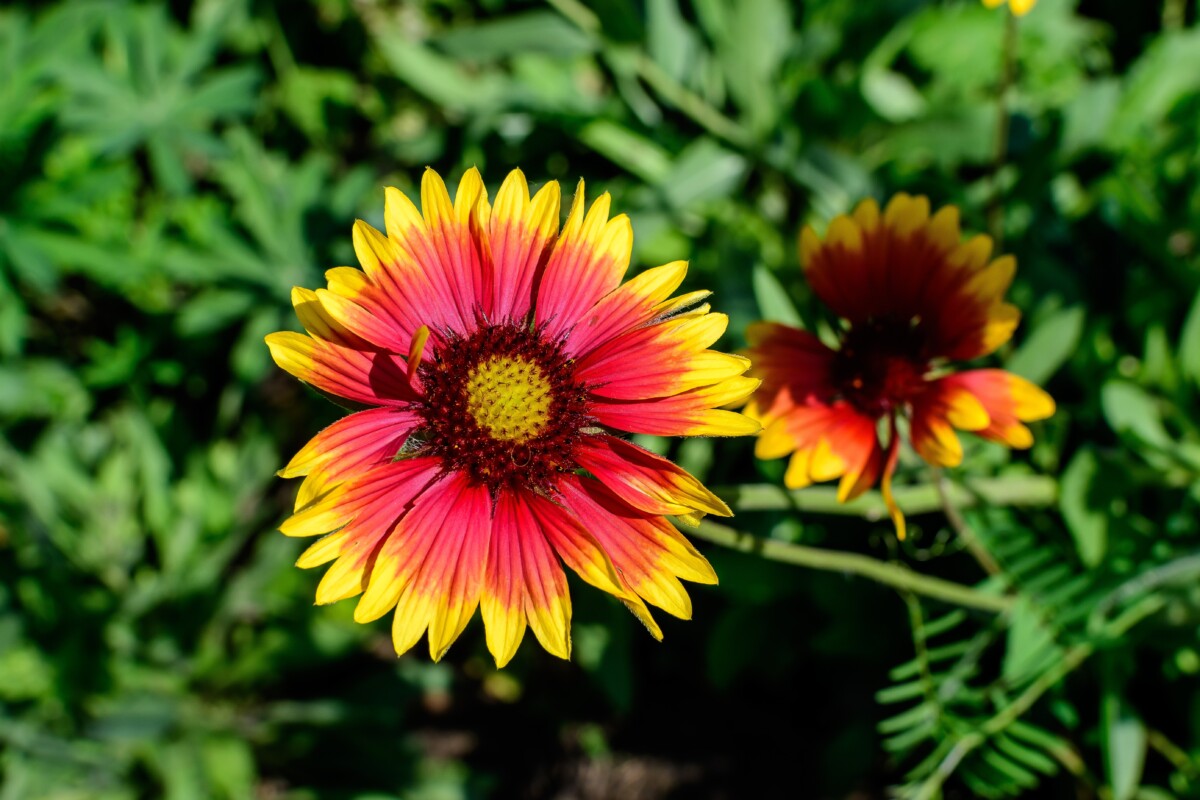
Blanket Flower is generally easy to grow from seed, but you can also take herbaceous cuttings from spring through summer. They should root in three to four weeks if kept warm and moist with bright, indirect light.
13. Begonias
Begonias are notorious for being one of the easiest plants to propagate from cuttings. You can also take cuttings from begonias at any time of year, provided the mother plant is actively growing and you can keep your cuttings warm with adequate light.
Take herbaceous cuttings of about 4 inches long, including two to three nodes on each. You can use rooting hormone, but it may not be necessary. Trim off all but two or three leaves from the top of the stem.
Keep them well hydrated by tenting or misting frequently. They can root in as little as two or three weeks.
14. Verbena
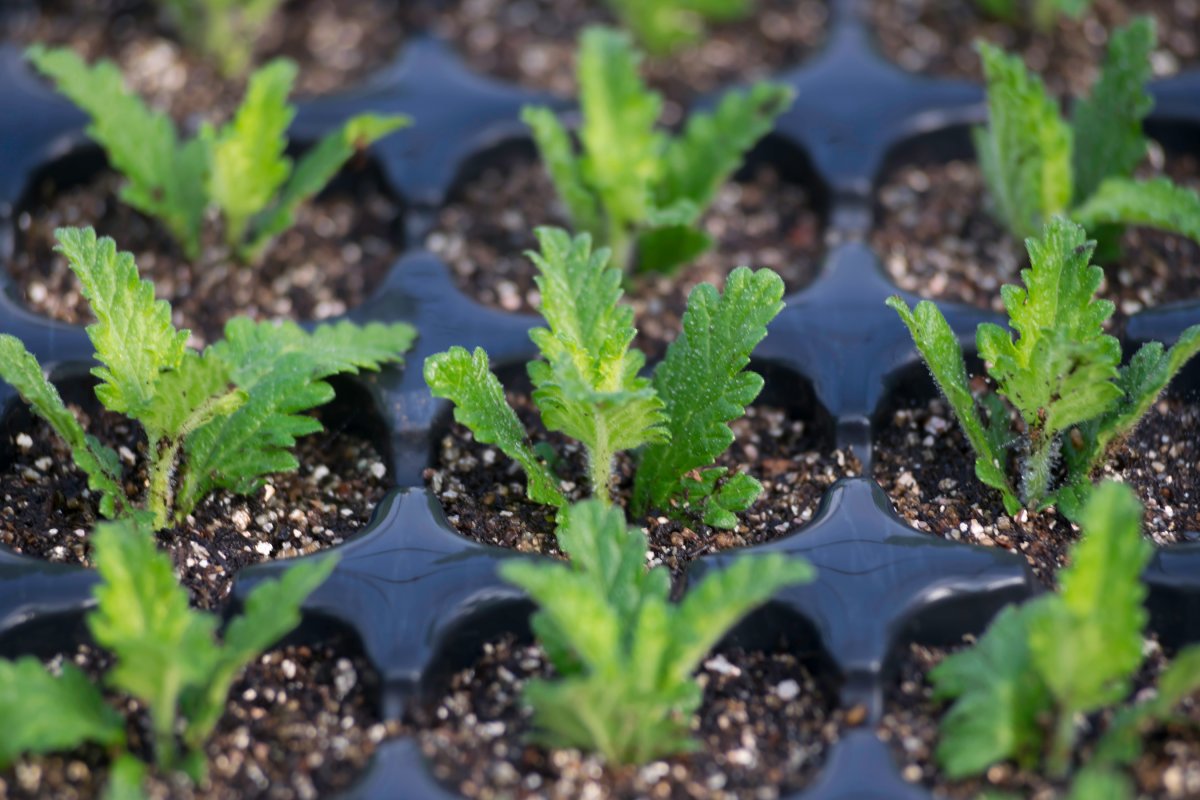
Verbena are popular flowers for cottage-style gardens, drawing in butterflies and other pollinators. They’re also dead-easy to propagate from cuttings.
Take herbaceous cuttings from spring through summer, cutting below a node. Ensure you have at least three nodes on each cutting, including the top (distal) end.
Trim the top end of the cutting, leaving one leaf on each side of the top node, and remove the rest. This will encourage the plant to grow bushier. Water well and tent to prevent moisture loss.
Check your cuttings for resistance to tugging at the end of the week. Remove the tent if it resists and then mist regularly until new growth appears.
15. Fuchsias
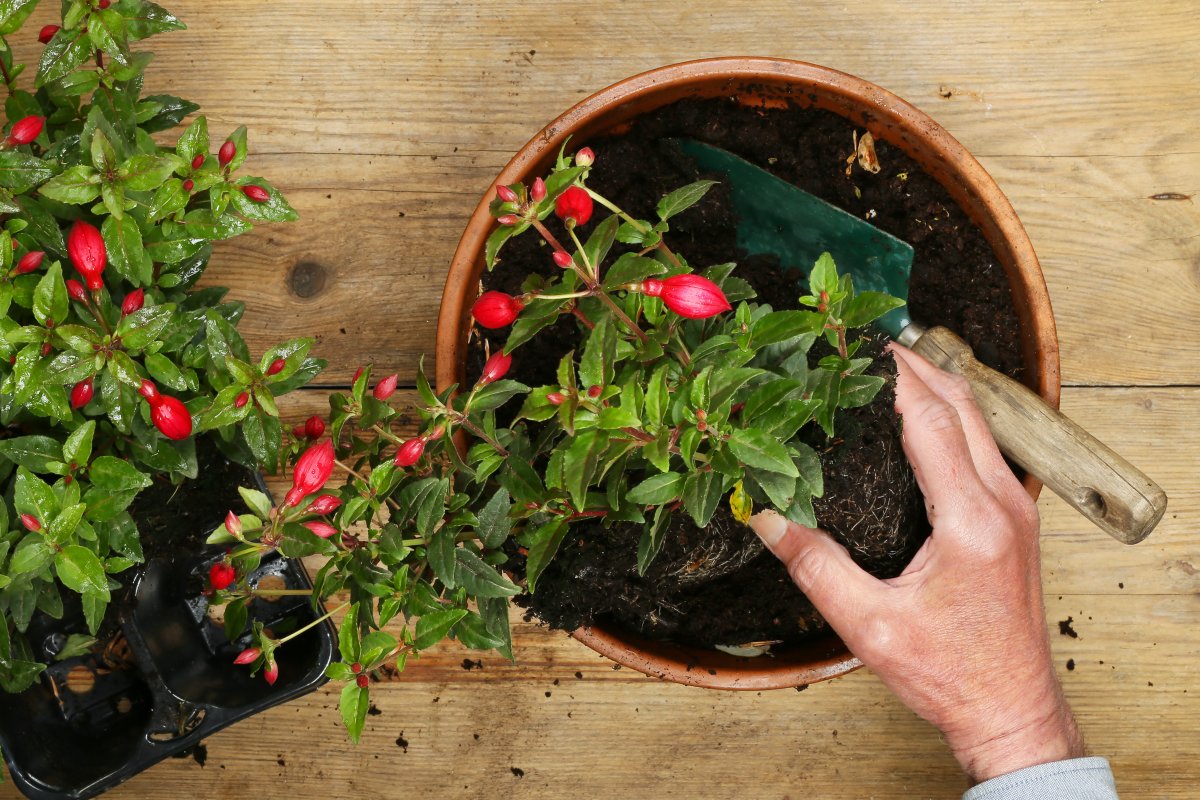
Fuchsias lend a tropical vibe to any temperate garden, with bright red, pink, and purple flowers. They also benefit from pruning in summer, which is the perfect time to take semi-hardwood cuttings.
Take cuttings long enough to include several nodes to plant below the potting mix. Cover them with a plastic bag and place them somewhere warm, but not too brightly lit. Remove the cover once new growth appears.
16. Milkweed
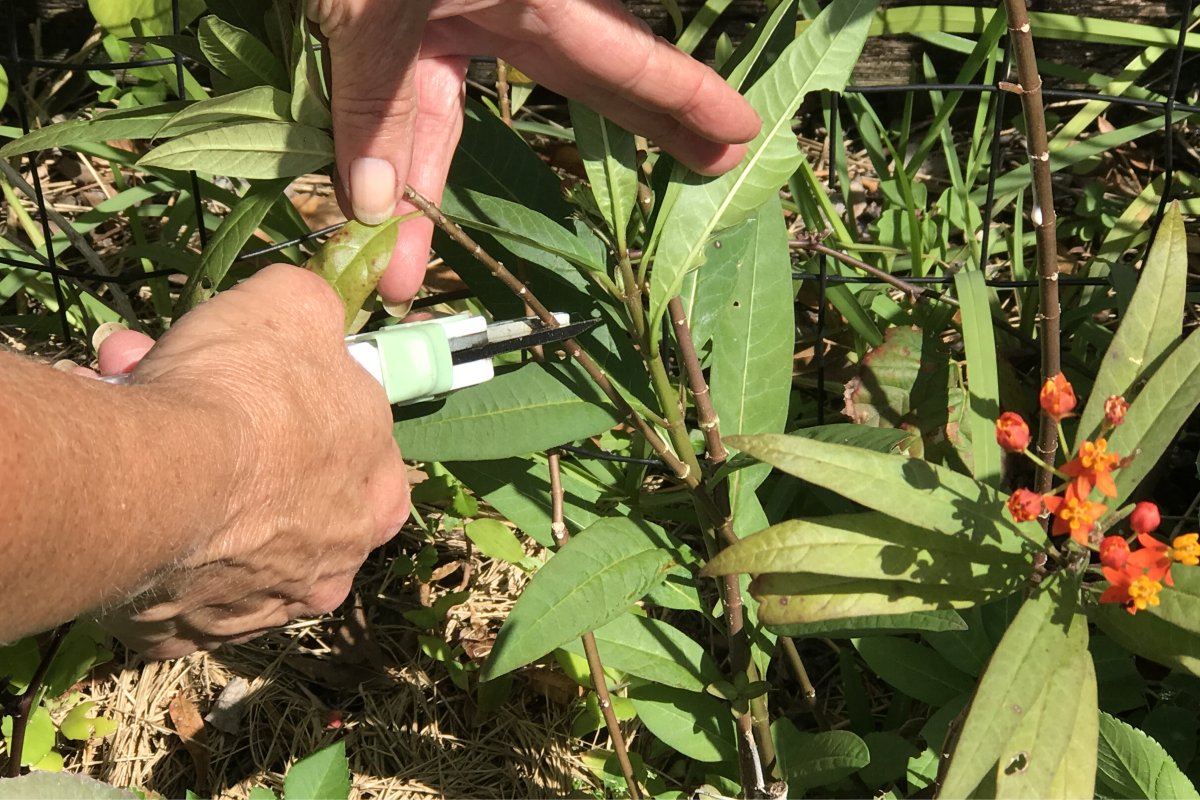
Nature advocates across the country are urging gardeners to plant more milkweed for the endangered Monarch butterfly. However, it can be very difficult to grow from seed.
This has led to a surplus of non-native tropical milkweed (Asclepias curassavica) in local garden centers. Unlike native types, it grows prolifically from seed and in some regions is considered a “noxious weed.”
But whatever side of the great milkweed debate you stand on, the good news is that milkweed can be grown from cuttings.
Choose your cuttings from the growing tips of a healthy plant. Place the cuttings in water until they can be trimmed and potted up.
Saturate the sticking mix well, use rooting hormone, and tent the entire container for several weeks. You can remove the tent once the plants resist tugging and repot them once they develop new growth.
17. Petunias
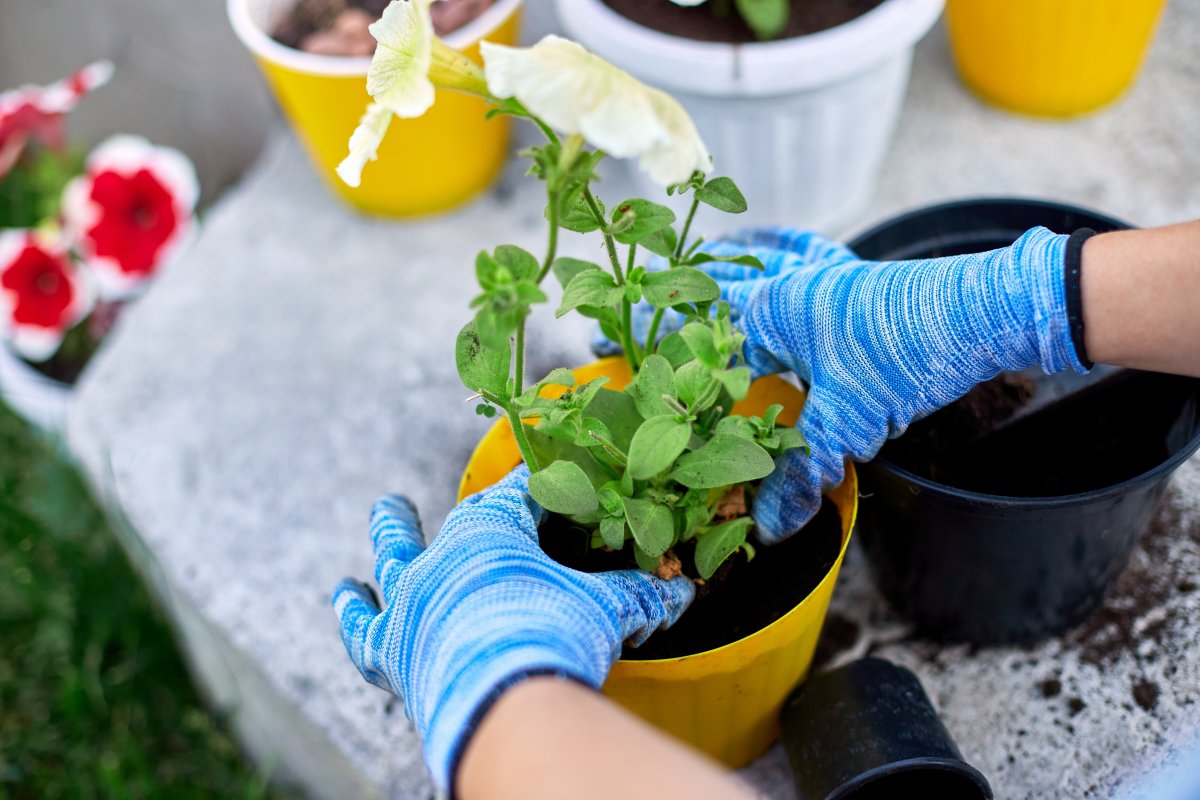
The price of bedding plants has skyrocketed. The last time I bought any, they were $4 for a 6-pack.
I’m not dating myself — this was just five years ago. A quick Google search today quoted over $20 for a 12-pack of petunias.
Petunias!
Happily, petunias root well and quickly if given the right conditions. Take herbaceous cuttings in spring or summer and stick in a moist mix. Place them somewhere cool but well-lit and keep the soil mix damp. You can tent them or mist them frequently to ensure adequate humidity.
You should be able to transplant them out in about four to five weeks.
Grow Flowering Shrubs from Cuttings
It’s a wonderful feeling to deliver a wealth of gorgeous hibiscus bushes to impressed family members and customers. It just takes patience (and a little know-how).
18. Camellias
Camellias, and most flowering shrubs, will strike better if you use semi-hardwood cuttings. You can take them from late summer into mid-fall.
Use growth tips for cuttings, removing all but the top two or three leaves. Make sure they’re long enough to have several nodes and use a very well-draining mix. Keep in a protected and dimly lit environment. Providing bottom heat improves success.
19. Hydrangeas
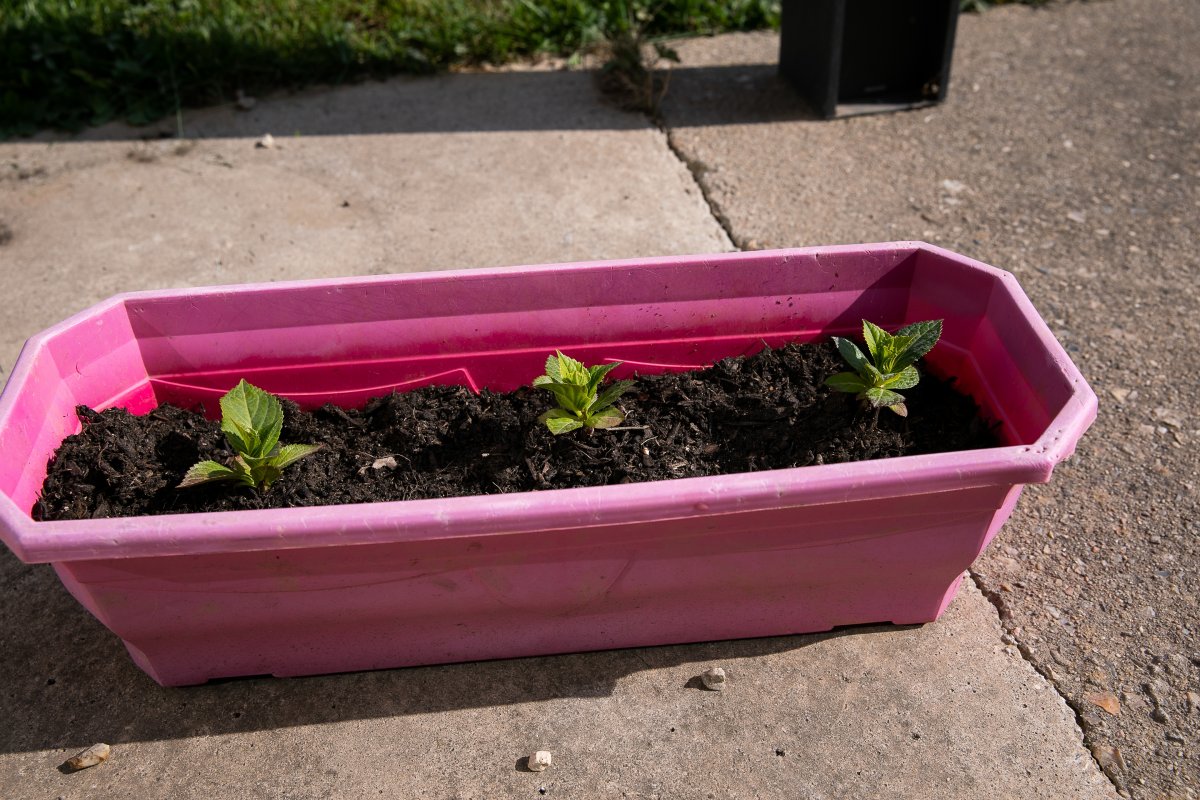
Hydrangeas are one of the most popular landscape ornamentals in the country. Their blousy, showy flowers give every garden old-fashioned charm.
Softwood cuttings taken in spring and early summer are quickest to root. Use new growth and remove all but the first couple of leaves at the tip. Rooting hormone and a humidity tent improve your success rate.
20. Azaleas
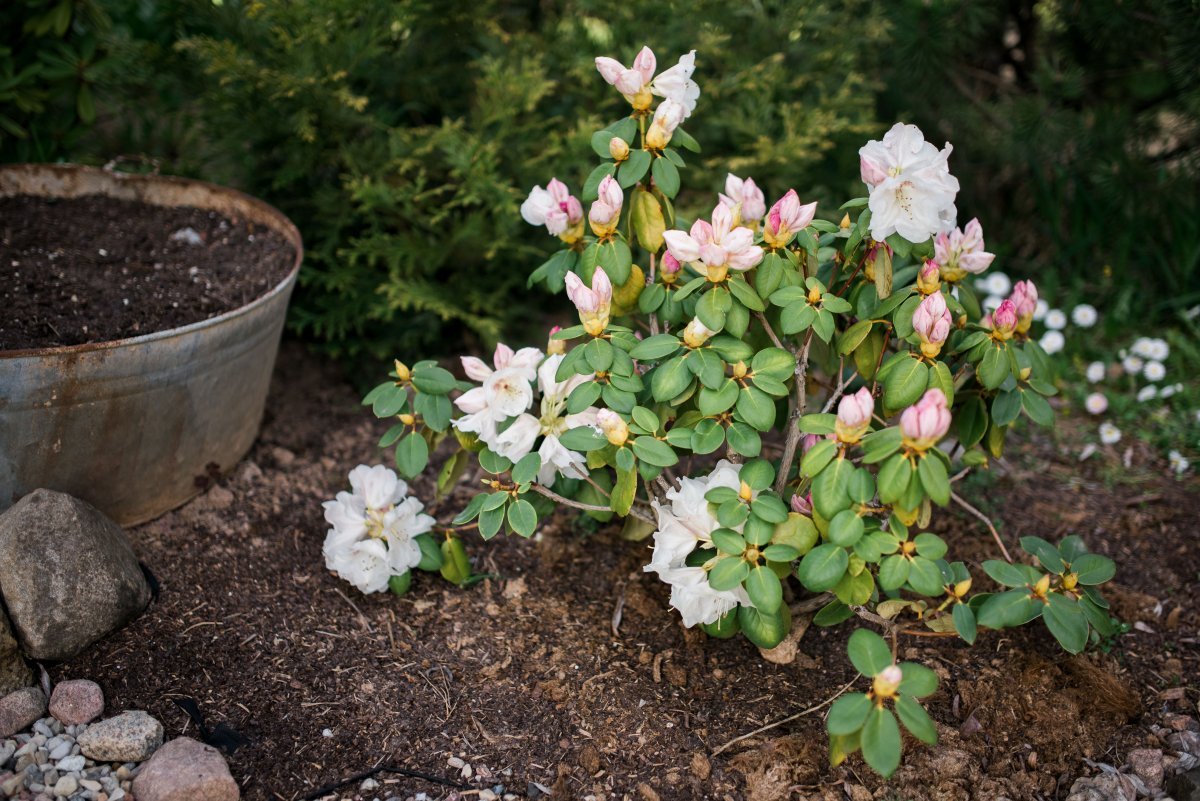
Evergreen Azaleas are easier to propagate from cuttings than deciduous varieties. For evergreen types, take tip cuttings of new growth in spring and ensure you have several nodes on each stem.
Remove lower leaves and any flower buds. Stick the first node into the rooting medium and water well. Provide a humidity tent or dome and at least 16 hours of light per day. Evergreen types will root in about eight weeks.
Propagate deciduous azaleas from softwood cuttings in the spring. You’ll need rooting hormone and bottom heat. Allow them to grow slowly throughout the summer, fall, and winter. It can take four or five months to propagate deciduous azaleas from cuttings to the planting out stage.
21. Gardenias
Gardenias are a beloved flowering shrub of the South but plant breeders have released new cold-hardy varieties for Zones 6 and 7.
Use softwood growth tips to propagate from cuttings, at least 5 or 6 inches long. Remove all but the top leaves and dip the cut end in growth hormone. Gardenias need humidity and warmth to root, so tent your cuttings and keep them around 75°F under moderate light.
22. Forsythia
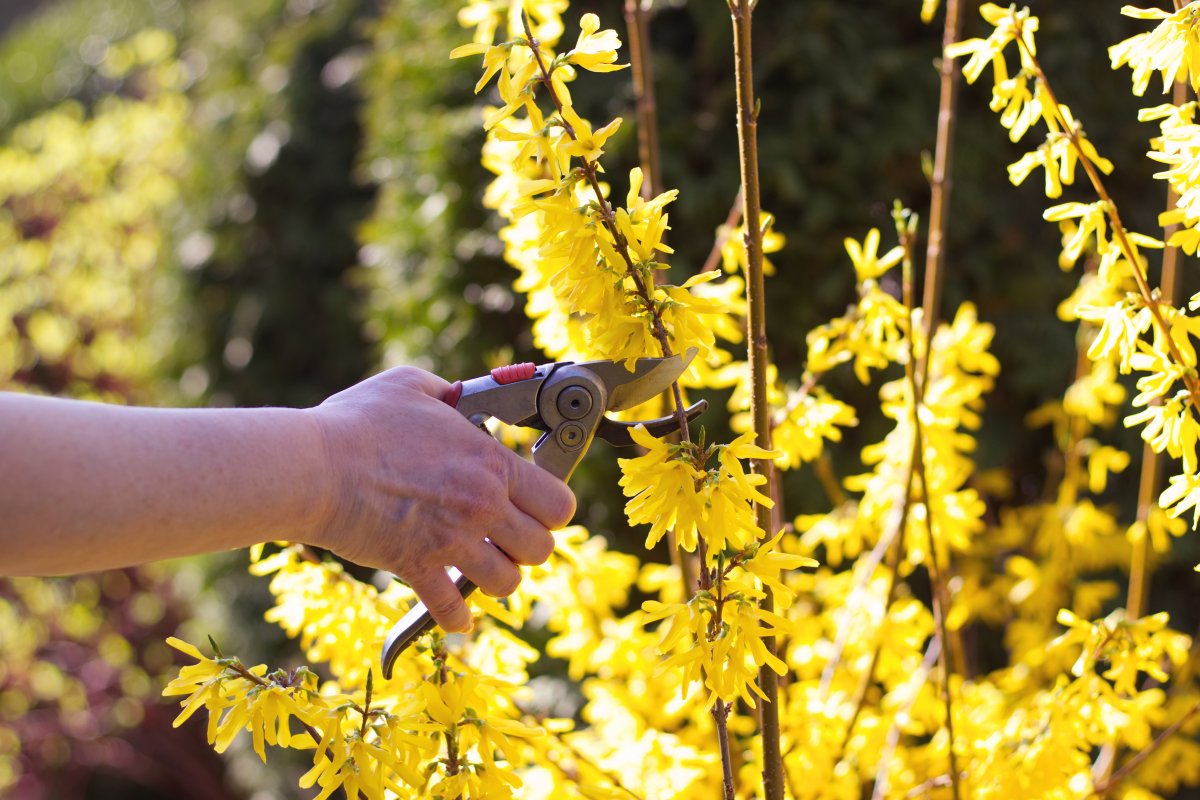
Forsythia is a herald of spring, flowering on winter-bare branches when chill is still in the air. It is the first flowering shrub I learned the name of when growing up in Ohio.
Use softwood cuttings with growth tips taken in summer. Take 4- to 6-inch cuttings and remove all but the top leaves. Keep cuttings in a moist mix under a tent or dome to retain humidity. They also like bright light but avoid direct sunlight. They should root in about eight weeks.
23. Rhododendrons
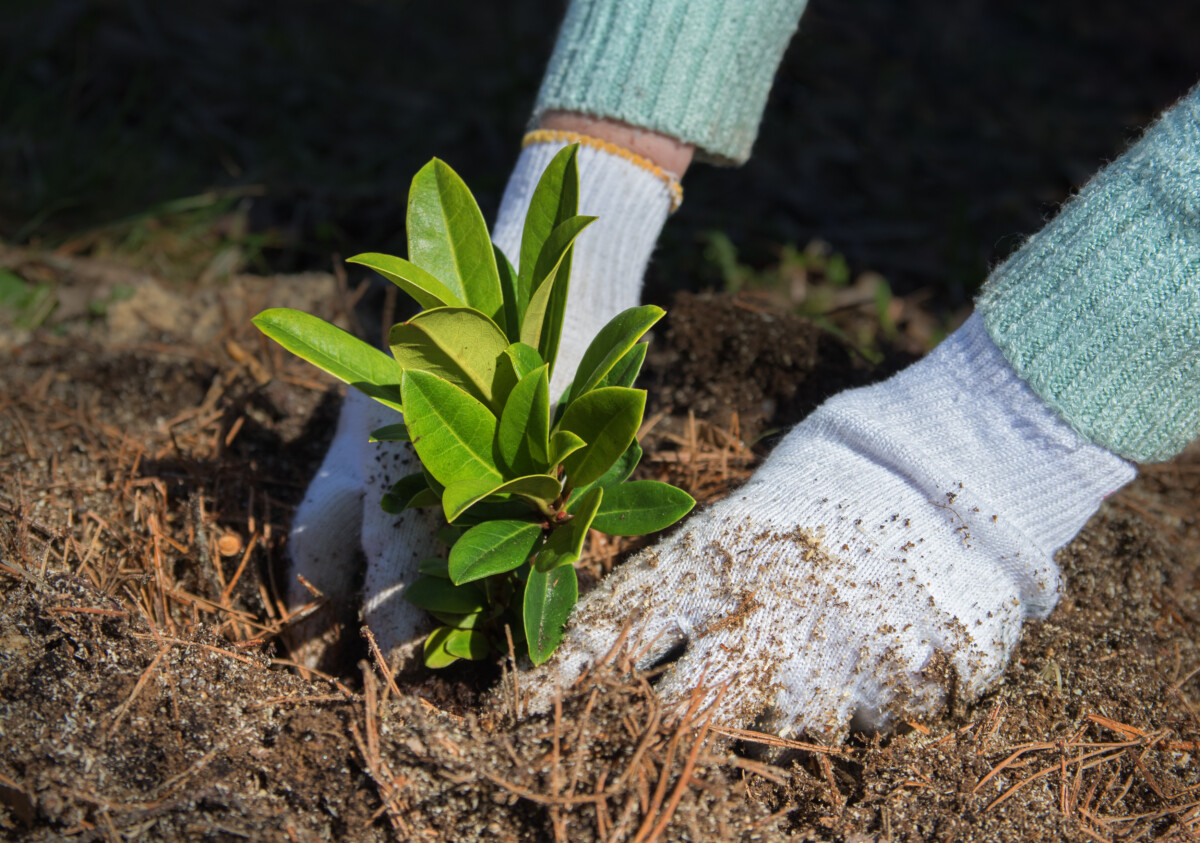
Rhododendrons offer colorful drama in the garden, growing up to 20 feet high. Use semi-hardwood cuttings to propagate rhododendrons, taking your cuttings in early fall before they completely harden for winter. They may root in as little as six weeks if kept hydrated and warm.
24. Viburnum
There’s a viburnum for every garden, it seems, with both temperate and subtropical climates featuring their own native species.
Take softwood cuttings in spring from healthy new growth of about 6 inches long. Remove leaves from the lower third of the stem. Cover your cuttings with a dome or tent to prevent moisture loss and check for rooting after four weeks.
25. Bougainvillea
With patience (and a good set of gloves), you can propagate bougainvillea from semi-hardwood cuttings in the summer or hardwood cuttings in the fall or winter.
Check out my detailed tutorial on growing bougainvillea from cuttings on Blooming Backyard.
26. Roses
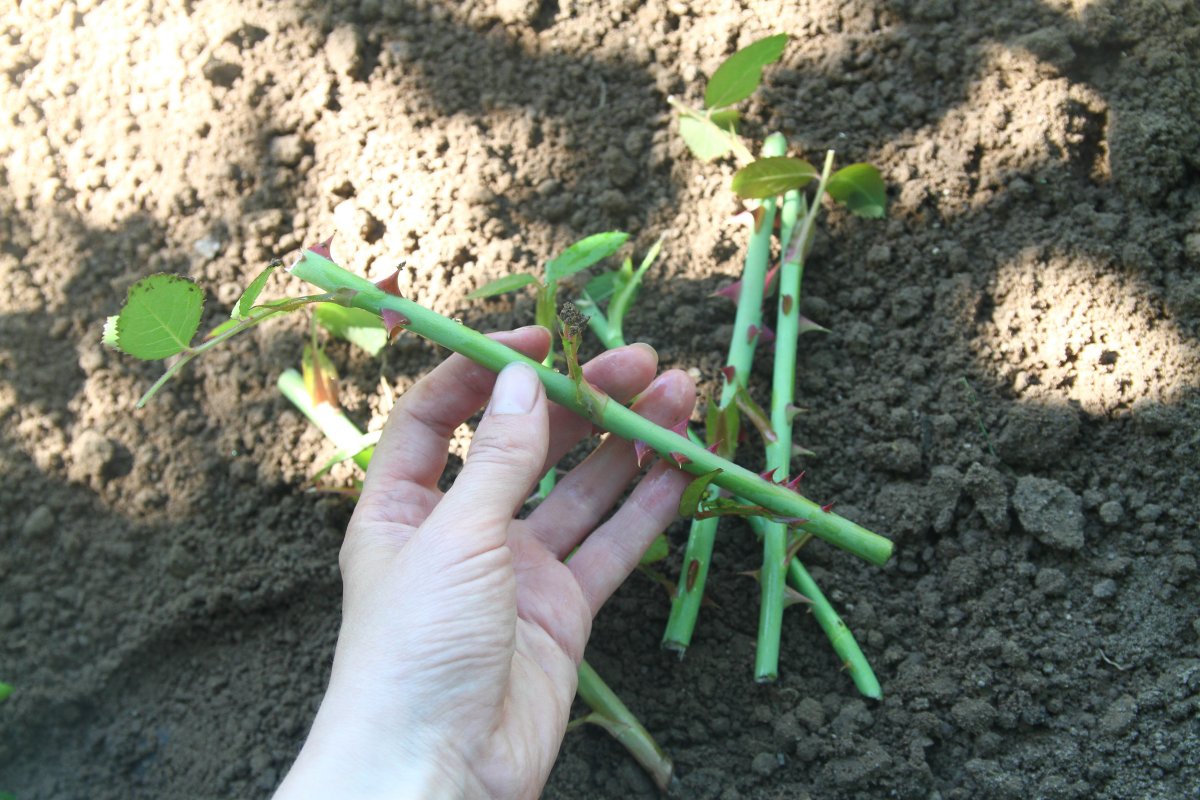
Roses are probably one of the top-selling flowering shrubs and for good reason. Their scent is simply intoxicating. Roses may seem too much like work for casual gardeners, but they’re hard to resist.
Heirloom roses are the easiest to grow from cuttings.
Start with softwood cuttings from stems that have just finished flowering. For roses, you’ll want to take long cuttings, about 6 to 8 long with at least four nodes. Remove all but one leaf at the top.
Don’t callus softwood cuttings for roses — you’ll want to get them stuck as soon as you can. Use deep containers and plant the cuttings at least 4 inches deep.
Provide a humidity dome or tent and place cuttings in a warm, brightly lit place. Check after two weeks for resistance to tugging.
Ornamental Vines from Cuttings
Flowering vines can be stubborn when growing from cuttings. However, I’ve picked up a few tricks over the years.
27. Climbing Jasmine
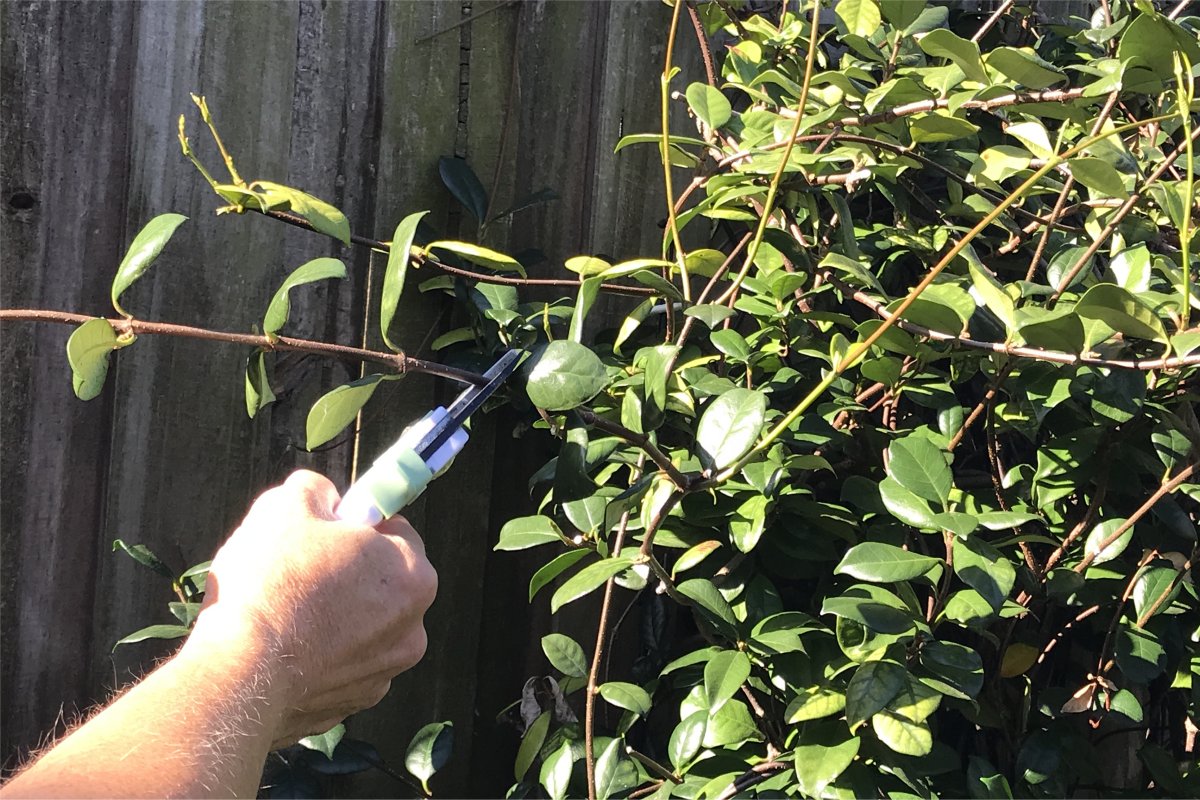
I had bad luck with Star Jasmine until recently. Many of my sources stated growing tips would offer the best chance of success.
They were wrong.
Experiments (and further research) with semi-hardwood cuttings last fall have yielded better results.
Take semi-hardwood cuttings from vines that are still flexible and cut lengths of about 4 to 6 inches. They’re very sensitive to rooting hormone, so be restrained with any you do use.
They can develop roots in about two to three weeks. You’ll need to transfer them into a rich potting mix as soon as they do. Keep them warm, watered, and shaded until the roots populate their pots before hardening off for transplanting into the garden.
28. Clematis
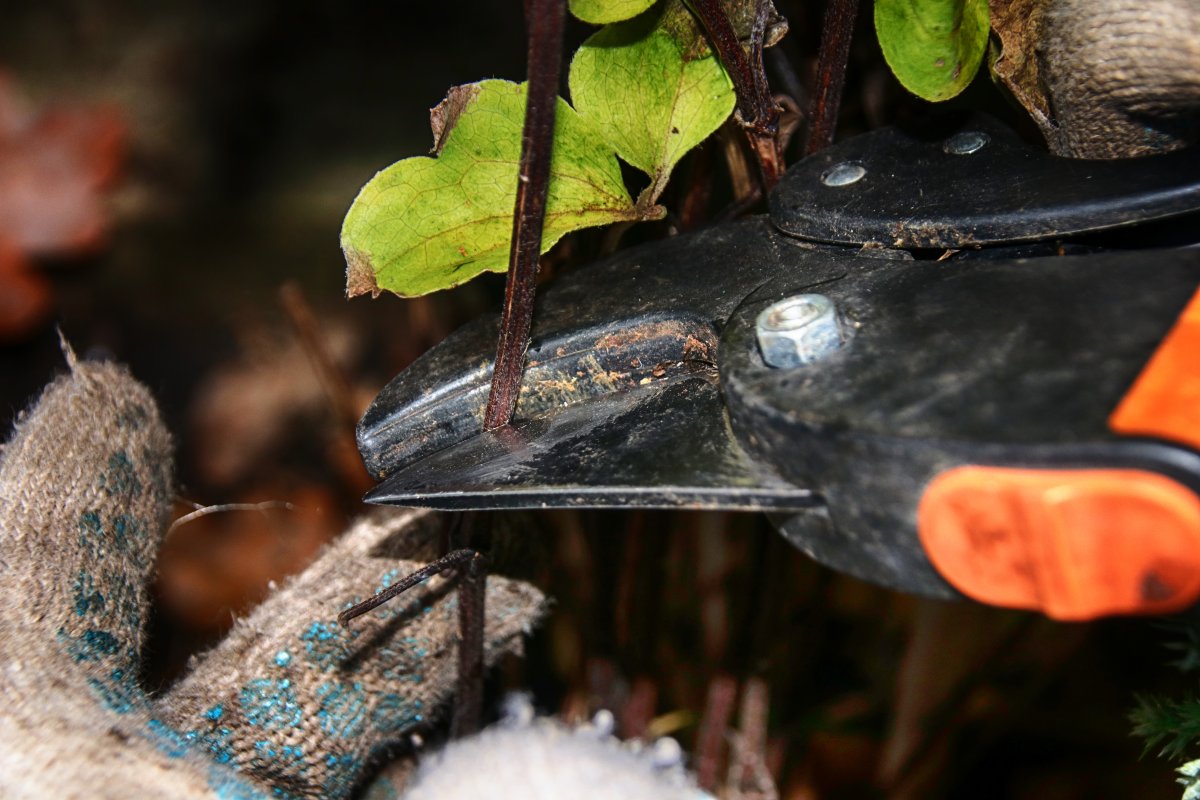
Clematis are a beloved climber because of their prolific flowering habit. To grow these beauties from cuttings, you’ll want to make sure each cutting has leaf buds on the top.
Choose a long section of vine about 3 feet long. Take your cuttings from the center sections of the vine, where leaf buds are more mature.
Cut below a node at the bottom and above the node at the top. You can take several of these size cuttings from a single vine but discard the weaker growing tip.
Tent the cuttings but provide some ventilation by cutting a corner off the bag. Keep the cuttings cool at between 60 to 70°F and check weekly for rooting.
29. Honeysuckle
Similar to Clematis, take your honeysuckle cuttings from a semi-hardwood section of a longer vine. You want them to be sturdy, but still flexible.
Honeysuckle likes warmth to root, as well as plenty of moisture. You can mist them frequently or tent them with a small hole in the bag to prevent too much condensation buildup.
30. Trumpet Creeper
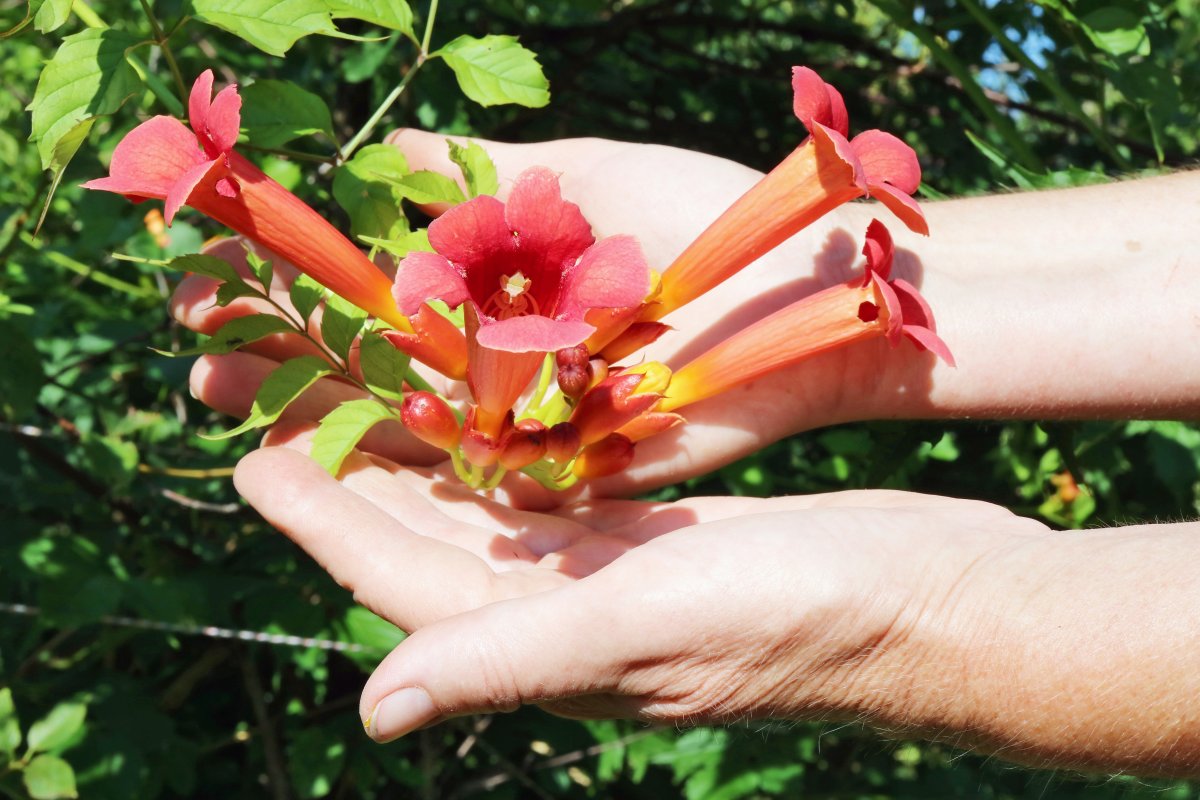
Trumpet Creeper is a flowering vine native to North America that loves full sun and isn’t picky about soil. Best of all, it can serve as the centerpiece of a hummingbird garden.
Like other flowering vines, trumpet creeper is best propagated from semi-hardwood sections of a mature vine in late summer. These will take at least a month in a shady spot to develop roots.
The tricky part about cultivating Trumpet Creeper is remembering to wear gloves. The sap can cause skin irritation on contact, earning it the nickname “cow itch.”
Why It’s Better to Propagate from Cuttings vs. Buying New Plants
The benefits of learning to take cuttings and grow them up go beyond the obvious savings. Of course, you’ll save a lot of money by purchasing only one or two plants, instead of the dozen you need.
Good garden design suggests that repeating plants throughout your garden helps to make it feel more cohesive. When you add the same plants to different areas of your landscape, the repeating pattern of color and texture draws the eye smoothly from one area to the next.
This gives your garden a more immersive feel because the viewer naturally focuses on those repeating colors, following them visually. This can also make your garden feel a lot bigger. Repeating plantings is much more affordable when you propagate from cuttings. And you know they’ll look exactly like the mother plant.
You have a unique opportunity to work with a successful specimen that’s already established.
When you use your own healthy plants to grow new ones, you already know they’ll flourish in your climate. They’re happy with the soil, the weather, and the community of other plants. They’re already acclimatized to your garden, instead of — perhaps — being an expensive experiment.
While garden experiments are fun, you’re still left with an empty flower bed if your new plants don’t thrive. I’d love to say that nurseries and garden centers won’t sell you plants that don’t grow in your region, but I’d be lying. The big box garden centers are some of the worst for stocking inappropriate plants, regardless of growing zone or location.
Growing cuttings from your own plants is one way to ensure you have a plant you know will shine in your garden.

Get the famous Rural Sprout newsletter delivered to your inbox.
Join the 50,000+ gardeners who get timely gardening tutorials, tips and tasks delivered direct to their inbox.


